The main research fields of BioIRC are biomedical simulations and experiments regarding this field.
Presentation of research results of BioIRC in biomechanics includes:
A. NUMERICAL SIMULATIONS
BLOOD FLOW THROUGH AN ANEURYSM (MedCFD Demo v1.0b, downloadable)
- Demo version of the general CFD software for application in medicine
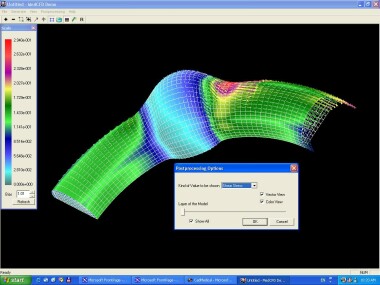
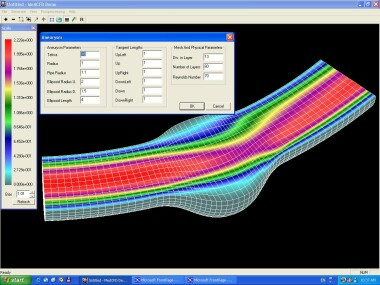
BLOOD FLOW THROUGH BLOOD VESSELS WITH DEFORMABLE WALLS AND ARTIFICIAL HEART DEVICE
- Three-dimensional CFD simulation of flow through blood vessels
- Wall shear stress computation
- Deformable walls, Fluid-structure interaction
- Nonlinear behaviour of deformable walls
- Blood flow in the human aorta, aortic bifurcation, carotid artery bifurcation, coronary artery branch
- Fluid dynamics phenomena of blood flow in the heart
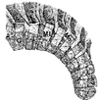
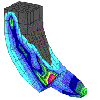
NUMERICAL SIMULATION OF MASS TRANSPORT AND EXCHANGE PROCESSES IN THE BLOOD VESSELS
- Transport of macromolecules
- Development of atherosclerosis
- Convective diffusive arterial mass transfer
- Oxygen transport in blood and in the arterial wall
FINITE ELEMENT ANALYSIS OF SCELETAL MUSCLES
- Basic Hill's three-componental model of muscle within finite element analysis
- Modeling of passive and active conditions, activation function
Applications: Soft palate, frog gastrocnemius muscle.
CARTILAGE BIOMECHANICS
- Viscoelastic behaviour and creep
- 3-D model of cartilage
Swelling effect: water content, ion concentration, electrokinetic coupling
Applications:
- Spinal motions segment-intervertebral disc
- Intradiscal pressure, change in water content, mechanical stress, swelling pressure, fluid pressure, displacement of the solid, relative velocity of the fluid, electrical potential
- Mechanical response of a lumbar motion segment in axial torque combined with compression
- Complex spinal loads during dynamic lifting tasks
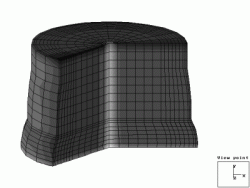
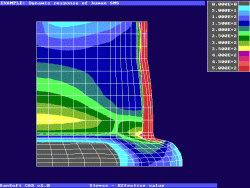
RESPIRATORY SYSTEM
- Numerical simulation of air flow in the respiratory system
- Flow in the alveolated duct
- Particle tracking and particle deposition
- Software package CFDAL for modeling of alveolated flow
B. EXPERIMENTAL RESEARCH
- Development of artificial heart device, automatic control of parameters: frequency, volumetric flow, pressure
- Effects of biological active molecules (histamine, histamine derivatives, glucagon etc.) on the isolated blood vessels and the isolated heart
- Transport studies in the isolated heart
- Development of “Stretch system” for determination and further investigation of mechanical characteristics and functional properties of various tissue , such as: visceral organs walls (urinary bladder wall, gastric, duodenal and intestine wall) and blood vessels (arteries and veins)
- Variation of strain rate, relaxation behavior
- Definition of mechanical models
*REFERENCES
